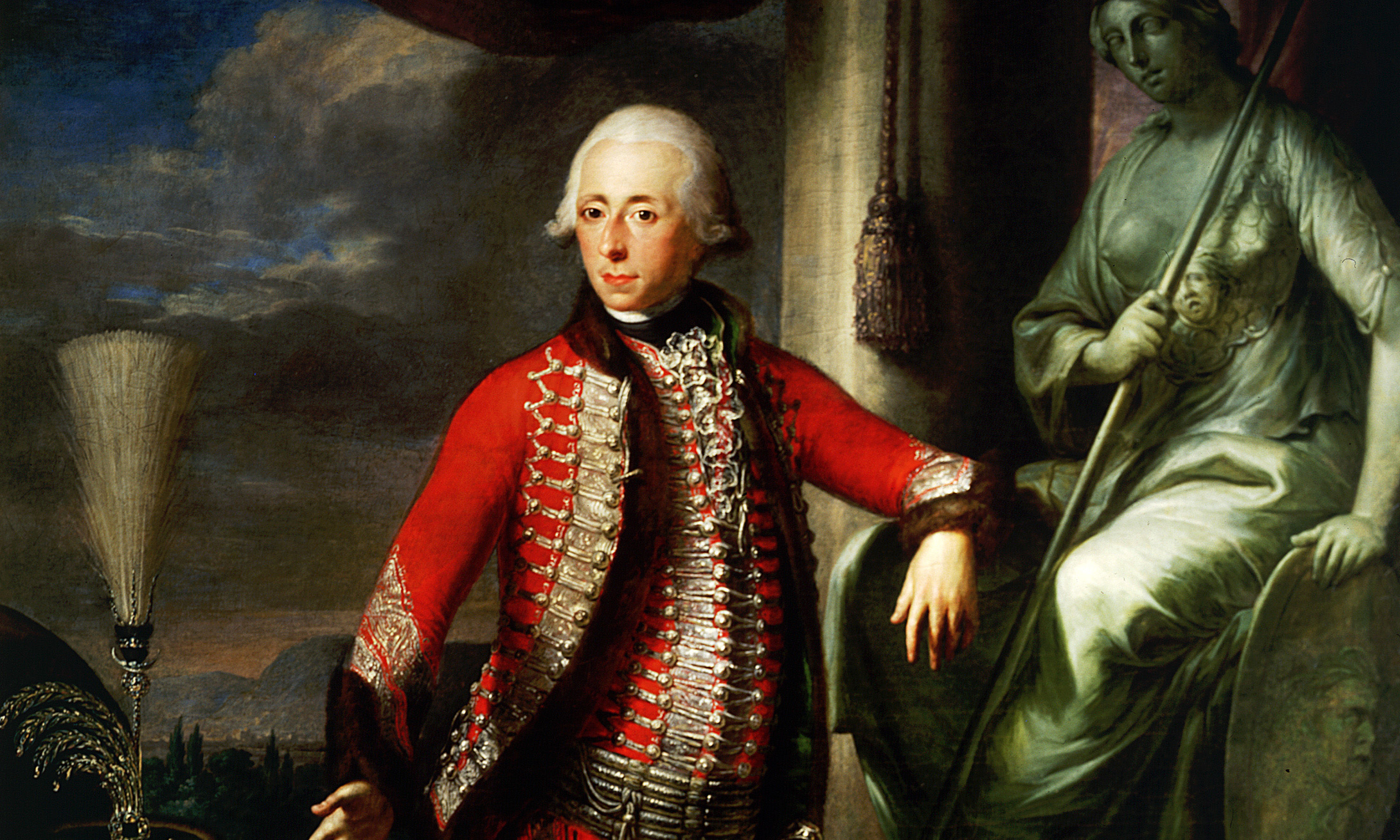
I trust we are all preparing for it: that we’re stockpiling party hats, noisemakers, birthday candles and those blowy-things consisting of a mouthpiece and a flattened, coiled paper tube that extends obscenely when blown into, something variously called a “party horn”, “party blower”, “party pipe”, or a “blow tickler.” We’ll want to have this stuff in hand in quantity because we have a year-long birthday celebration coming up, as the year 2020 will mark Ludwig/Louis/Luigi van Beethoven’s 250th (or Semiquincentennial, meaning literally “half-of-500”) birthday.
Roughly once-every-other-month through the end of 2020 – starting today – I’m going to offer up posts on some of Beethoven’s more obscure works and recordings of those works that we should all own. We begin with Beethoven’s Mass in C of 1807, which is much less well known and less frequently performed than his “Solemn Mass”, the Missa Solemnis, of 1823.
Beethoven’s Mass in C was first performed on September 13, 1807, in Eisenstadt, Austria, by the musical establishment of Prince Nikolaus Esterházy II. It did not go well.

The mass had been commissioned by Prince Nikolaus Esterházy II (1765-1833), an excessively-wealthy Hungarian Prince. Today, we rightly consider the Mass to be the masterwork that it is (although admittedly an under-appreciated and under-performed masterwork). Unfortunately, Prince Esterházy, having coughed up the ducats for its creation, would not have agreed with the “masterwork” thing. In a letter to the written to the Countess Henriette von Zielinska soon after the premiere, the Prince vented some major spleen over Beethoven and his stinkin’ mass:
“Beethoven’s mass is unbearably ridiculous and detestable, and I am not convinced that it can ever be performed properly. I am angry and mortified.”
The premiere of the Mass in C Major has been referred to as being “Beethoven’s most humiliating public failure.” The story behind Prince Esterházy’s critical bird and Beethoven’s humiliation is a fascinating one, and it’s a story that centers of Beethoven’s former “teacher”, the great Joseph Haydn (1732-1809).… Continue reading, only on Patreon!
